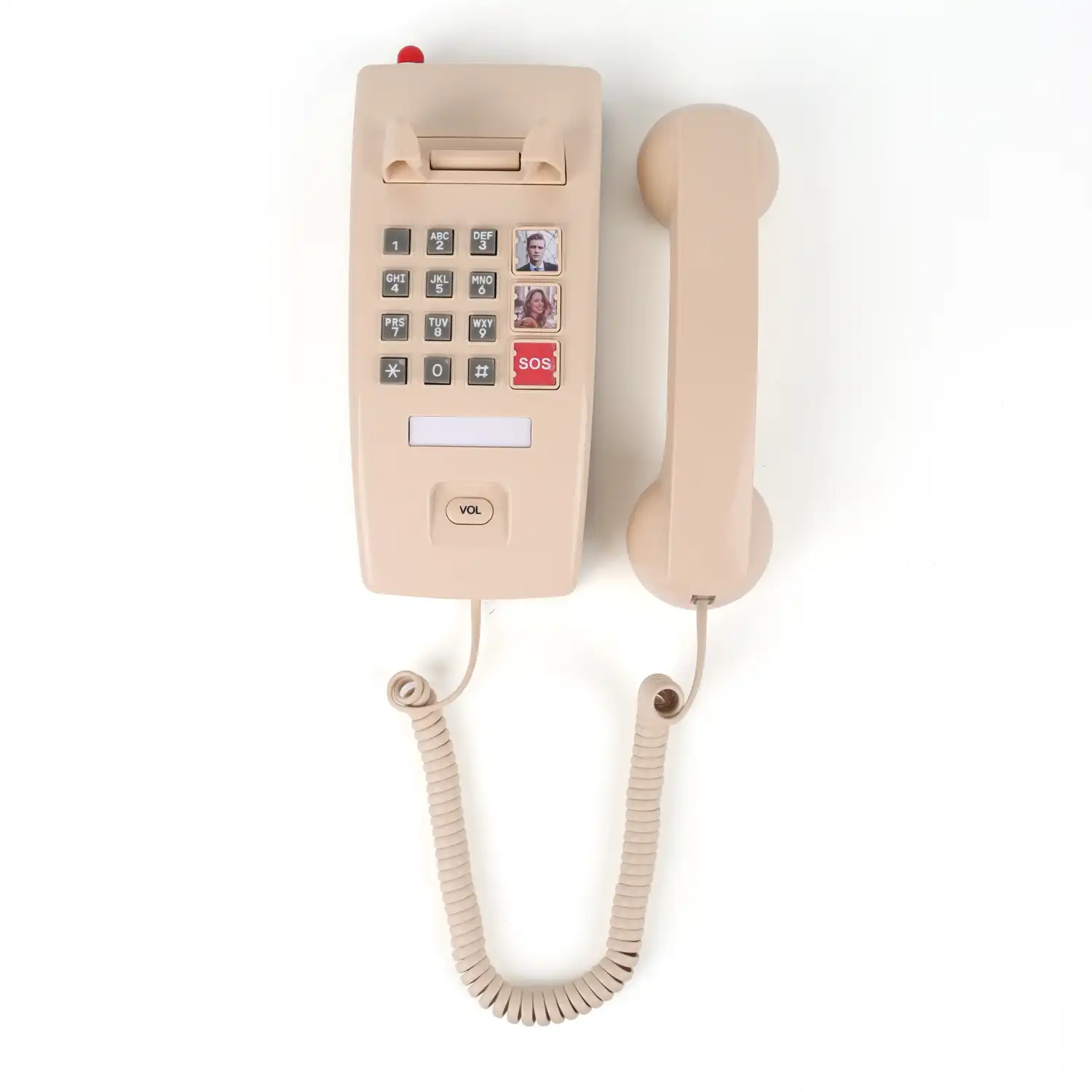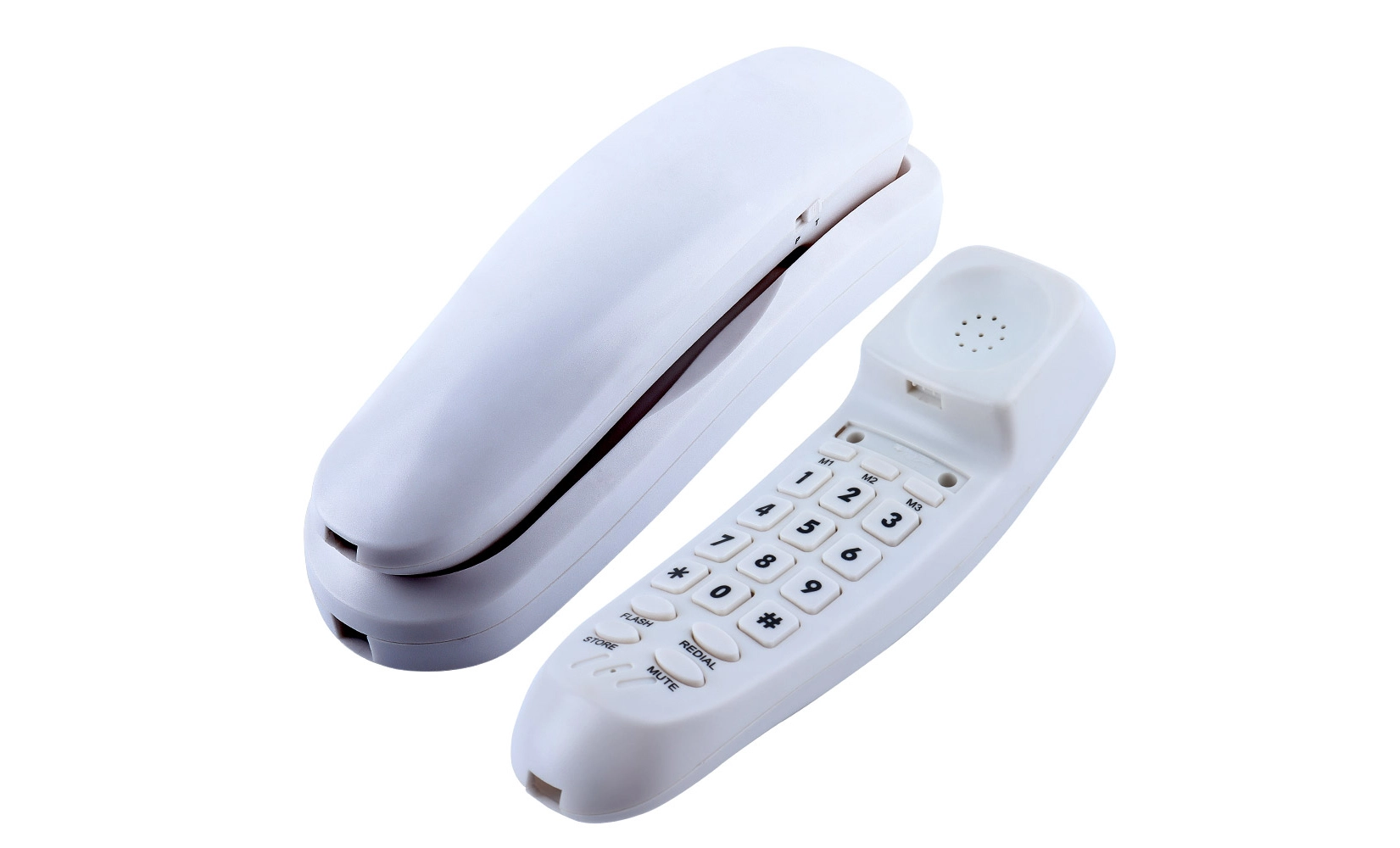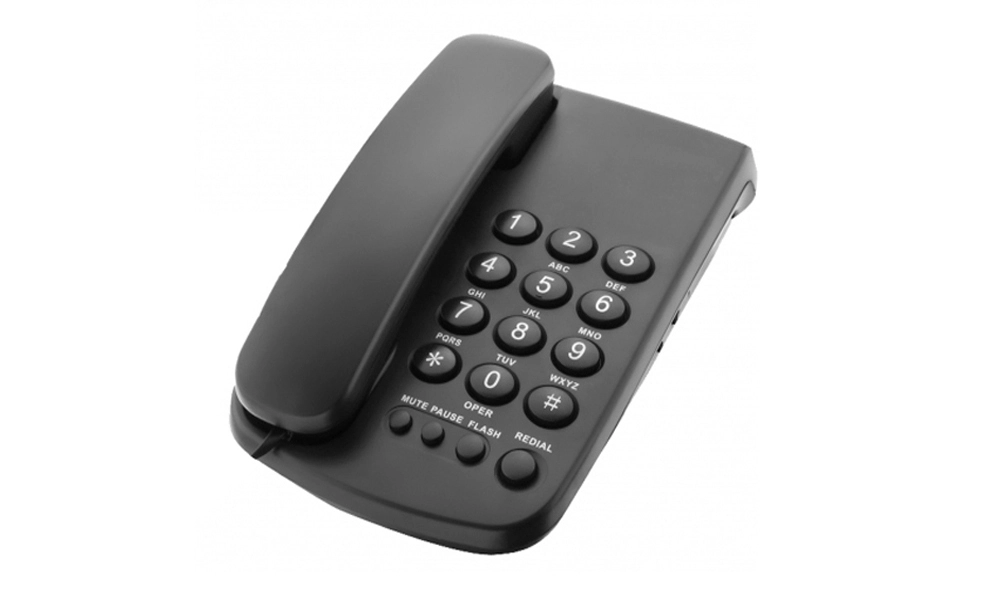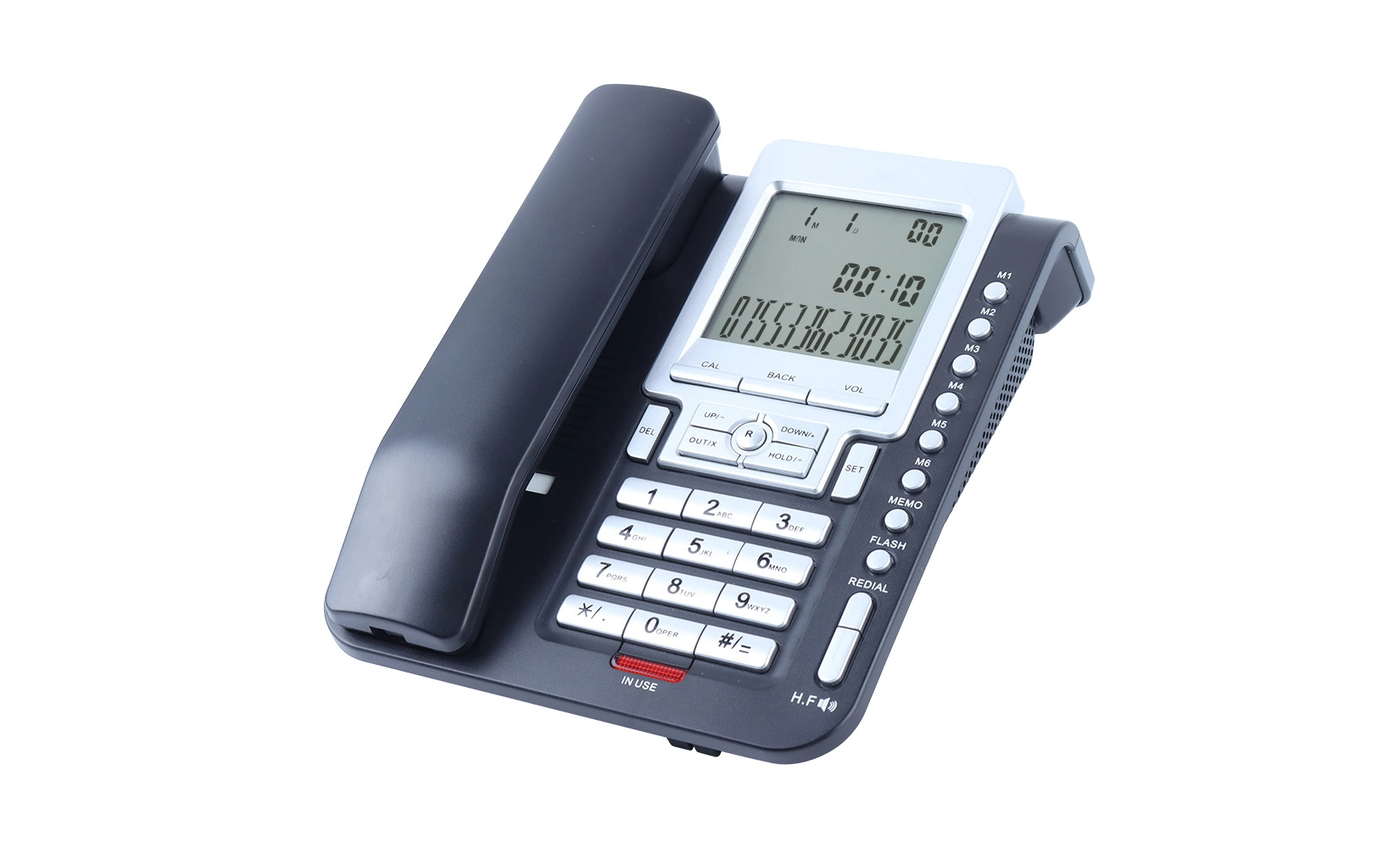Modern SOS emergency phones are specifically designed to meet the needs of seniors, prioritizing ease of use, safety, and reliability. These devices typically feature large, easy-to-press buttons, clear and amplified audio, and intuitive interfaces, ensuring that users can make emergency calls quickly and without confusion. Beyond basic functionality, many models incorporate advanced safety features such as GPS tracking to pinpoint the user’s location, fall detection sensors that automatically trigger alerts in the event of an accident, and two-way communication capabilities that allow real-time conversations with caregivers or emergency responders. These phones provide peace of mind and enhance independence for seniors.
SOS Emergency Phones in Assisted Living Facilities

SOS emergency phones play a vital role in ensuring the safety and well-being of residents in assisted living facilities. These devices provide a lifeline for seniors to quickly and easily call for help in case of emergencies, whether it's a medical crisis, a fall, or any other urgent situation. The importance of having reliable and easily accessible emergency communication systems cannot be overstated, as they can literally mean the difference between life and death in critical moments.
 The Importance of SOS Emergency Phones in Assisted Living
The Importance of SOS Emergency Phones in Assisted Living
SOS emergency phones are indispensable tools in assisted living environments, offering residents a sense of security and independence. These devices empower seniors to live more confidently, knowing that help is just a button press away. For caregivers and facility staff, SOS emergency phones provide peace of mind, allowing them to respond swiftly to residents' needs.
The benefits of implementing SOS emergency phones in assisted living facilities are numerous:
- Rapid response to emergencies
- Increased resident safety and security
- Enhanced independence for seniors
- Improved communication between residents and staff
- Reduced anxiety for residents and their families
Key Features of Effective SOS Emergency Phones
When selecting SOS emergency phones for assisted living facilities, it's crucial to consider several key features that enhance their effectiveness and usability:
Ease of Use
SOS emergency phones should be designed to be highly intuitive and straightforward, ensuring that seniors with limited dexterity or cognitive impairments can operate them with ease. Large, clearly labeled buttons, simple activation mechanisms, and ergonomic layouts make it possible for users to call for help quickly during emergencies. A user-friendly design reduces hesitation or confusion in critical situations, allowing residents to respond efficiently. Prioritizing simplicity ensures that every resident, regardless of physical or cognitive ability, can access help when needed.
Reliable Connectivity
A dependable connection is essential for SOS emergency phones to function effectively. Devices should offer multiple connectivity options, including cellular networks, Wi-Fi, and landline support, to guarantee consistent communication in a variety of situations. Reliable connectivity ensures that emergency calls reach responders promptly, regardless of location or network interruptions. Having multiple connection pathways provides redundancy, reducing the likelihood of failure during critical moments. Hospitals, assisted living facilities, and home users can all benefit from phones that maintain stable and uninterrupted communication under any circumstances.
Long Battery Life
Extended battery life is a critical factor for SOS emergency phones, as it reduces the risk of the device failing during emergencies. Phones should be equipped with long-lasting batteries and optimized for low power consumption to ensure continuous operation over extended periods. Reliable battery performance provides peace of mind for residents and caregivers alike. Additionally, some models feature battery monitoring alerts to notify staff or users when charging is needed, further preventing downtime. A focus on longevity ensures that these devices remain dependable, even in high-demand or emergency situations.
Waterproof and Durable Design
SOS emergency phones should be built to endure accidental drops, spills, and exposure to moisture. Waterproof, shockproof, and impact-resistant designs help ensure the device continues functioning in a variety of environments, including bathrooms, kitchens, or outdoor spaces. Durable materials protect internal components from damage while providing a long service life. By investing in rugged designs, facilities and users can maintain reliable communication devices under real-world conditions. This durability also reduces maintenance costs, enhances user confidence, and guarantees that emergency calls can always be placed when necessary.
Two-Way Communication
Two-way communication is a vital feature for SOS emergency phones, allowing residents to speak directly with emergency responders, caregivers, or facility staff. This interaction provides critical information about the nature of the emergency and allows responders to offer immediate guidance and reassurance. Two-way communication helps ensure faster, more effective emergency response and reduces anxiety for seniors in distress. By enabling clear dialogue during emergencies, this feature strengthens safety protocols and improves overall confidence in the communication system, making residents feel secure knowing help is accessible and responsive at all times.
Implementing SOS Emergency Phones in Assisted Living Facilities
Successfully integrating SOS emergency phones into assisted living facilities requires careful planning and consideration of several factors:
Coverage and Placement
Proper placement and coverage of SOS emergency phones are essential to ensure that residents can access help from anywhere within a facility. Phones should be strategically installed in resident rooms, common areas, hallways, and outdoor spaces, taking into account potential blind spots or areas with weak connectivity. Effective planning maximizes the accessibility and effectiveness of the emergency communication network. By evaluating facility layouts, foot traffic, and high-risk areas, administrators can ensure comprehensive coverage, providing residents with reliable access to emergency assistance whenever it may be needed.
Staff Training
Thorough training of facility staff is essential to maximize the effectiveness of SOS emergency phones. Staff should understand all device features, operational procedures, maintenance requirements, and emergency response protocols. Proper training ensures that staff can respond efficiently to calls, troubleshoot issues, and assist residents in using the devices confidently. Continuous refresher courses and hands-on demonstrations help maintain staff readiness, minimizing errors during emergencies. Well-trained personnel play a critical role in creating a safe environment, ensuring that SOS emergency phones serve as an effective and dependable tool in resident care.
 Regular Maintenance and Testing
Regular Maintenance and Testing
Routine maintenance and testing of SOS emergency phones are vital to ensure they remain in optimal working condition. Scheduled inspections help identify potential issues, such as low battery, connectivity problems, or hardware malfunctions, before they affect emergency response. Testing procedures should simulate real-world usage to verify that the devices function correctly under stress. Maintaining a structured maintenance program extends device lifespan, enhances reliability, and provides confidence to both residents and staff. Regular attention ensures that the phones are always ready to perform in critical situations.
Integration with Existing Systems
Integrating SOS emergency phones with existing safety and communication systems enhances the overall efficiency of emergency response networks. Phones can be connected to nurse call systems, security monitoring platforms, or facility-wide alert systems to streamline communication and coordination during emergencies. Integration allows for automated notifications, centralized monitoring, and faster response times. By connecting devices to existing infrastructure, facilities can create a comprehensive safety network that improves operational efficiency, reduces response delays, and enhances resident safety, making emergency management more proactive and reliable.
Resident Education
Educating residents on the proper use of SOS emergency phones is crucial for effective implementation. Orientation sessions, demonstrations, and regular refresher courses ensure that seniors feel confident and comfortable using the devices. Clear instructions, visual aids, and hands-on practice help reinforce correct usage, while ongoing support encourages consistent adoption. Educated residents are more likely to use the phones promptly in emergencies, reducing response times and enhancing safety. By fostering familiarity and comfort with the devices, facilities can ensure that residents are empowered to access help whenever it is needed.
Conclusion
SOS emergency phones are indispensable tools for enhancing safety, security, and peace of mind in assisted living facilities. By carefully selecting devices with the right features and implementing them thoughtfully, facilities can significantly improve their emergency response capabilities and provide a higher quality of life for their residents. As technology continues to advance, SOS emergency phones will likely become even more sophisticated, offering additional features and integration possibilities to further enhance senior care and safety.
FAQ
How do SOS emergency phones differ from regular phones?
SOS emergency phones are specifically designed for quick and easy use in emergencies, often featuring large buttons, simple operation, and direct connection to emergency services or facility staff.
Are SOS emergency phones only for medical emergencies?
While they're crucial for medical emergencies, SOS emergency phones can be used for any urgent situation, including safety concerns or requests for immediate assistance.
How often should SOS emergency phones be tested?
It's recommended to test SOS emergency phones at least monthly to ensure they're functioning correctly and to familiarize residents with their operation.
Enhance Safety with CHEETA's SOS Emergency Phones | Factory Direct
As a leading manufacturer of communication devices, CHEETA offers top-quality SOS emergency phones for assisted living facilities. Our factory-direct approach ensures competitive pricing without compromising on quality or reliability. With CE, RoHS, FCC, and UN38.3 certifications, our products meet the highest industry standards. Experience the CHEETA difference in emergency communication solutions. For inquiries or custom orders, contact us at allen@cheeta.com.cn.

References
1. Johnson, M. (2022). "The Role of Emergency Response Systems in Assisted Living Facilities." Journal of Senior Care, 15(3), 45-58.
2. Smith, A. & Brown, T. (2021). "Advancements in SOS Emergency Phone Technology for Elderly Care." Geriatric Technology Review, 8(2), 112-125.
3. National Institute on Aging. (2023). "Safety and Emergency Preparedness in Assisted Living." Senior Health Guide, 7th Edition.
4. Chen, L. et al. (2022). "The Impact of Emergency Communication Devices on Resident Well-being in Assisted Living Environments." International Journal of Elderly Care, 29(4), 301-315.
5. American Association of Retired Persons. (2023). "Choosing the Right Emergency Alert System for Seniors." AARP Caregiving Guide, 2023 Edition.

Kindly inform us your interested product and your detailed requirement, so that we can give you a best suggestion.

Shenzhen Cheeta Technology Co., Ltd – Leading Communication Telephone Manufacturer



